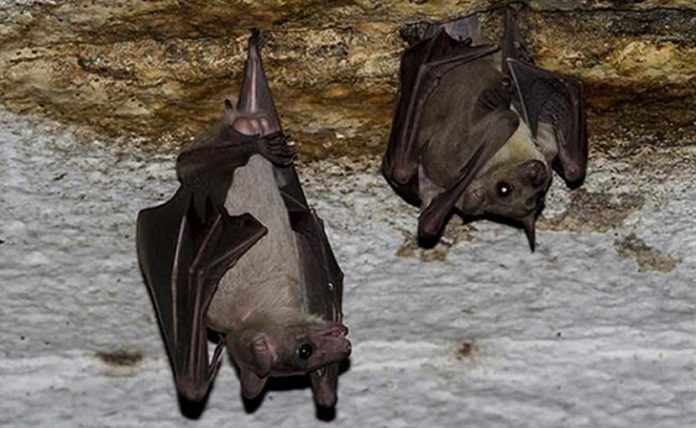Bat-borne viruses around the globe represent a danger to human and animal health. Filoviruses, particularly Ebola virus and Marburg virus, are notoriously pathogenic and fit for causing extreme and frequently deadly fever diseases in people by influencing numerous organs and harming veins.
Studying the genetic diversity and geographic distribution of bat-borne filoviruses is very important for risk assessment and outbreak prevention as this type of infectious disease can affect the general public without warning with devastating consequences.
A team of scientists including from Singapore’s Duke-NUS Medical School in collaboration with Chinese scientists has identified and characterized a new genus of filovirus from a Rousettus bat in China.
Scientists discovered the new virus dubbed Měnglà virus while analyzing the diversity of filoviruses in Rousettus bats. They detected the virus from a bat sample and conducted sequencing and functional characterization studies.
The outcomes demonstrated that the Měnglà virus speaks to another family named Dianlovirus inside the filovirus group. The Měnglà virus is genetically particular, sharing simply 32%-54% of its genetic sequencing with other known filoviruses. It is found in different geographic areas contrasted with different filoviruses. This new variety, which could incorporate more than one animal groups, sits in the middle of the Ebola virus and Marburg virus on the developmental tree.
Scientists tested the virus in cell lines from various animal species and found that, like other filoviruses, it poses a potential risk of interspecies transmission.
The results confirmed that the Měnglà virus is evolutionarily closely related to Ebola virus and Marburg virus and shares several important functional similarities with them. For example, the genome organization of the Měnglà virus is consistent with other filoviruses, coding for seven genes. The Měnglà virus also uses the same molecular receptor, a protein called NPC1, as Ebola virus and Marburg virus to gain entry into cells and cause infection.
Professor Patrick Casey, Senior Vice Dean of Research said, “The early identification of the filovirus from Rousettus bats by Prof Wang and researchers in China is one of the many strong research collaborations the Emerging Infectious Diseases (EID) Programme at Duke-NUS engages in. With globalization, it is important to identify and assess the risk of potential infectious disease outbreaks and, from it, develop effective controls strategies and treatments.”
Their findings were published in the journal Nature Microbiology.
